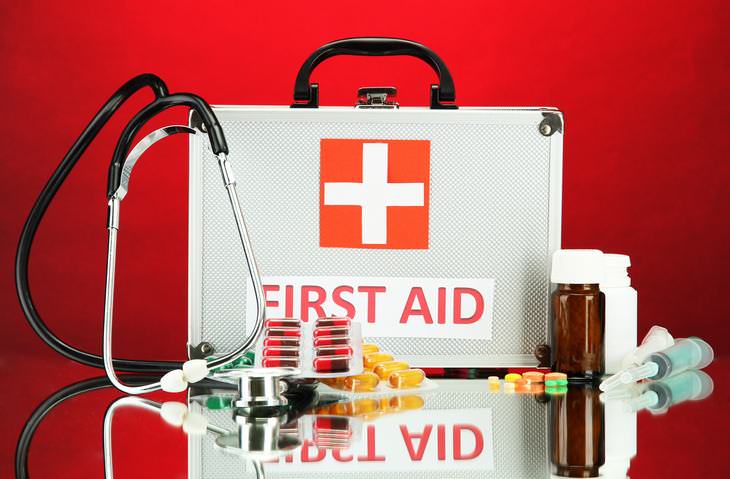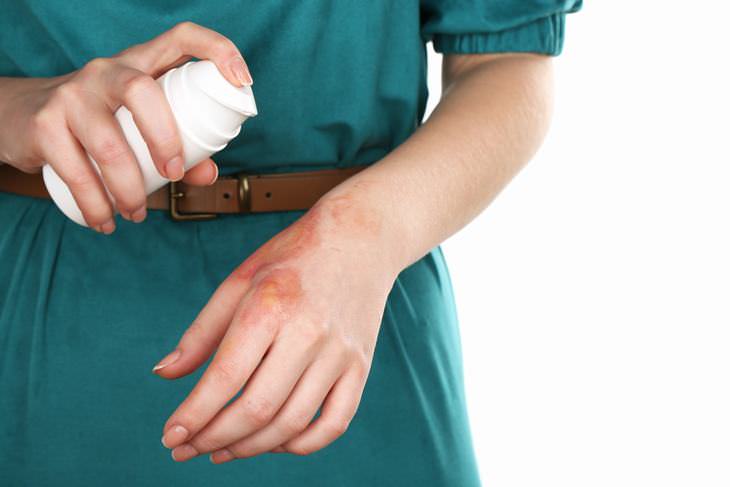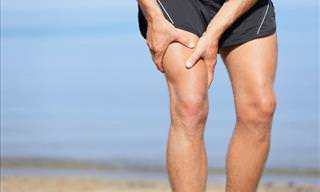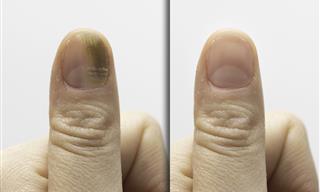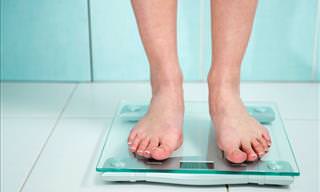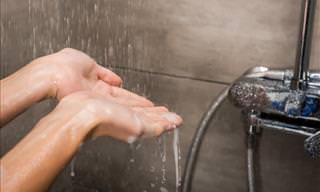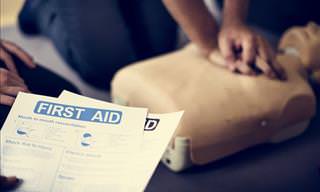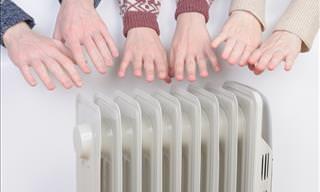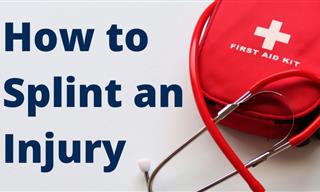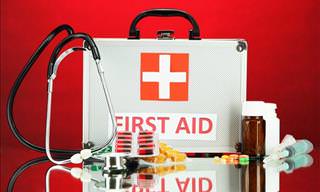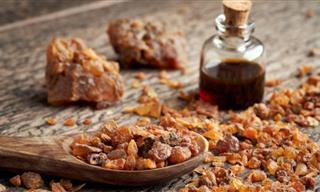Why it's wrong: While ice helps reduce bruising, it should not be applied directly to the skin as you could get a cold burn.
Do it right: Put a cloth between your skin and the ice pack. Apply it for 20 minutes then remove and wait another 20 minutes before applying it again.
2. Rubbing alcohol or vinegar on a person with fever
Why it's wrong: Vinegar and alcohol are absorbed into the blood. Rubbing alcohol into the skin may cause intoxication, while vinegar will raise acidity. It's especially dangerous for children.
Do it right: Alleviate a fever by drinking a lot of water and laying in a cool room. If the fever is not too high, a patient will overcome it on their own.
3. Lifting an unconscious person
Why it's wrong: If someone faints don't try lifting them or sprinkling cold water on them. This will only aggravate the spasm. After they regain consciousness, don't let them drink coffee or energy drinks as this will lead to dehydration.
Do it right: Lift the person's legs up and unbutton any tight clothing. Don't let them stand right after they come around.
4. Using butter or sour cream to treat burns
Why it's wrong: This makes us feel better because the substance is cold on the burn. But, when butter or sour cream dries it creates a film disrupting thermal exchange, whereby heat goes deeper and does more damage.
Do it right: Run the area under cool water for 15 minutes. Never burst the blister as it will remove the protective layer leaving an open wound prone to infections.
5. Setting a bone on your own
Why it's wrong: Don't set a dislocated joint on your own as it may cause additional injuries.
Do it right: Immobilize the injured limb and get the victim to the hospital. The limb shouldn't be set forcefully, rather, it should be bandaged in a comfortable position, immobilizing not only the place of possible fracture, but the two closest joints as well.
6. Applying warmth to a sprain
Why it's wrong: If your muscles are sprained, a warm cloth won't help. Heat will strengthen the blood flow leading to more severe swelling.
Do it right: For the first few days after an injury apply a cold press. This will lessen inflammation and pain. Ensure a minimum load on the injured limb for 48 hours.
7. Making yourself vomit in cases of poisoning
Why it's wrong: Usually, the recommendation for poisoning is to make yourself vomit. But, it's strictly prohibited if you've been poisoned with acid, alkali or other caustic substances.
Do it right: Be sure to call an ambulance immediately. In cases where you are sure that vomiting will do you good, don't use manganese, baking soda or milk to induce it. Instead drink lots of warm water.
8. Dealing with a foreign object in the eye
Why it's wrong: A wrong movement of your hand can result in an injury to the eye.
Do it right: Cover the eye with gauze and call a doctor. If it's a chemical burn, wash the eye with water immediately.
9. Pulling out objects from wounds
Why it's wrong: While it is fine to pull a splinter from a finger or a small glass shard from your hand, never attempt to pull objects from serious wounds. Doctors keep them in place until the patient is in surgery. Removing the object will result in bleeding which may lead to death.
Do it right: A knife in a leg or a huge shard in the chest may look scary, though the person should be taken to hospital rather than having the object pulled out.
10. Applying ointments to a wound
Why it's wrong: A wound will heal better if left in fresh air as ointments create unwanted moisture.
Do it right: Clean the wound in cool water with soap and dress it with a dry, clean bandage.
 Go to BabaMail
Go to BabaMail


